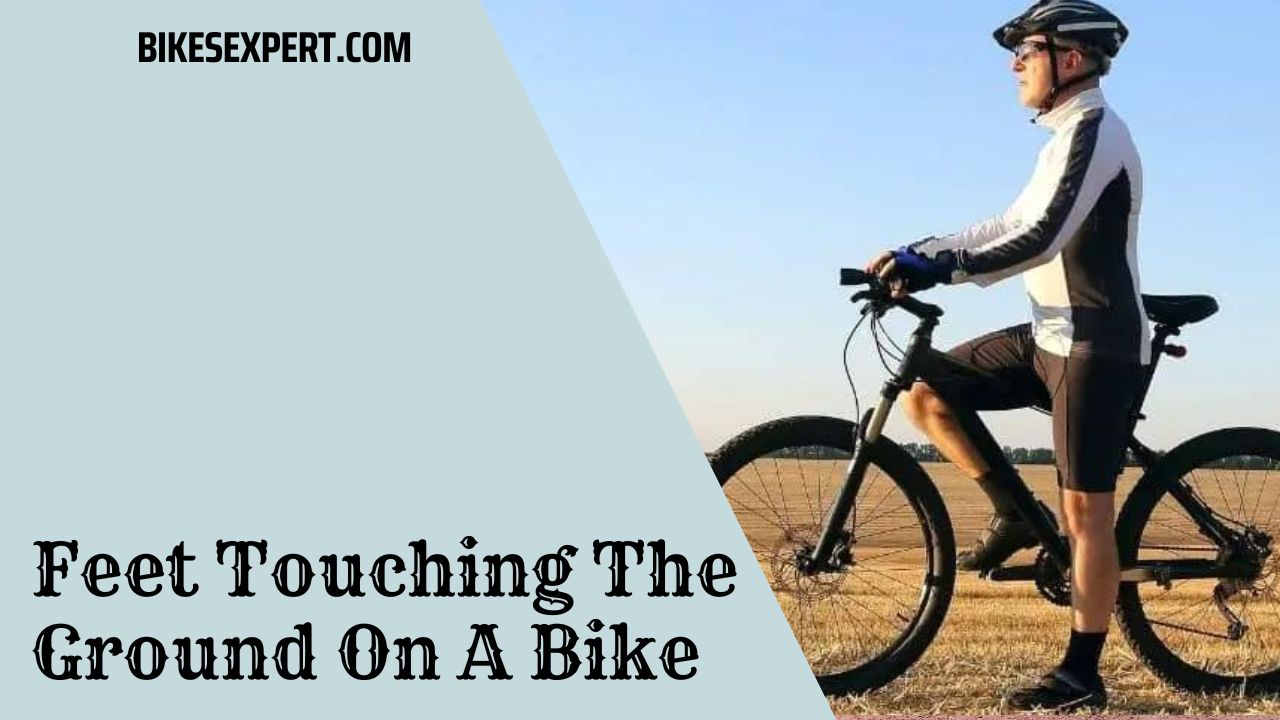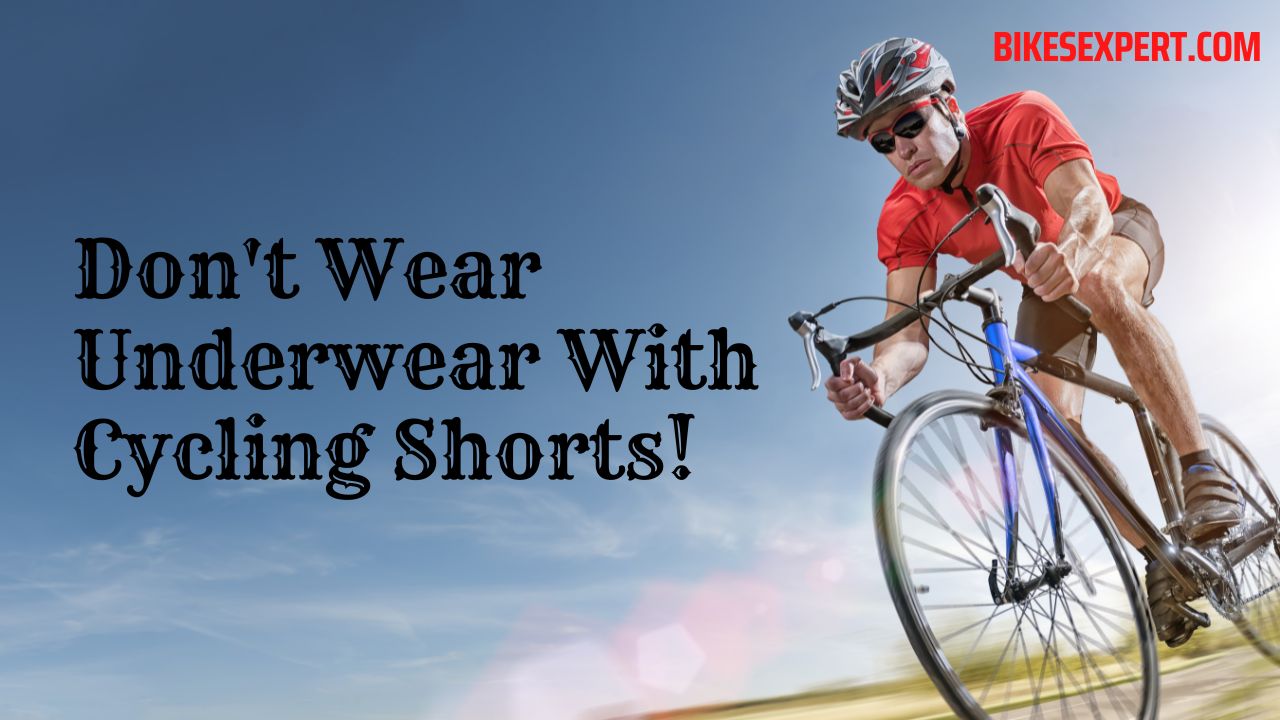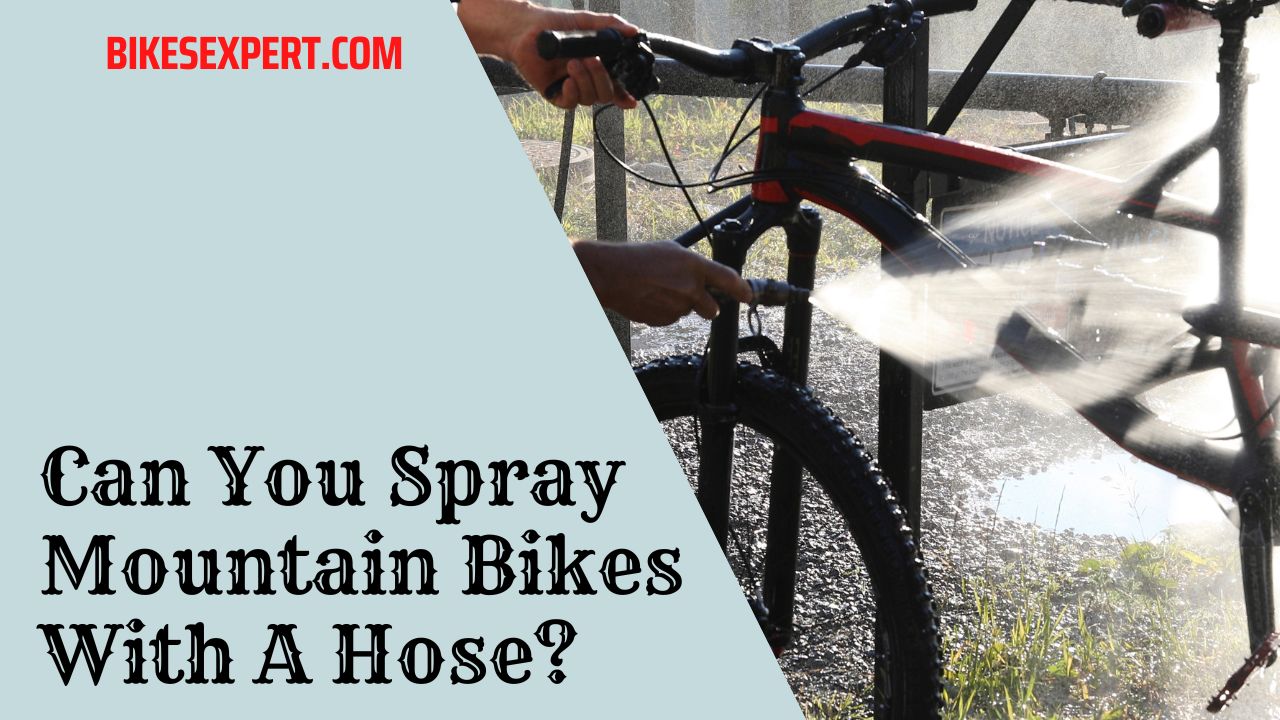You may have heard that mountain biking is a great way to exercise and stay in shape. But if you’re careful, it can also be easy on your body. One of the most important things to consider when mountain biking is whether or not you are sitting correctly on your bike.
If your feet are touching the ground while sitting, this could mean that something isn’t right with your seat height adjustment. Many experts agree on the saddle height. The right saddle height will make your ride more comfortable and help prevent injuries.
When sitting on a bike, your feet should touch the ground without putting them down. This position allows for proper pedaling and prevents back or neck pain from overstretching.
This article will teach you what might be wrong if this happens, as well as how to fix it!
Read More: How Long Will A Mountain Bike Last? (Everything You Should Know).
Should Your Feet Touch the Ground When Sitting On Your Bike?
Do you want to know a secret?
I’ve been riding bikes for years, and I never knew this until recently. Many people believe their feet should be touching the ground when sitting on a mountain bike.
Your feet should not touch the ground while sitting on any bicycle. When we sit on our seats, our knees should be bent at about 90 degrees, and our pedals should be level with them.
This puts your body in an aerodynamic position to pedal more efficiently. It makes it much easier to stand up if need be, which is especially important in rough terrains like hills or rocky trails where there may only sometimes be flat ground sections.
Most people make a mistake when they put their feet on the ground because it feels more natural for them to do so. After all, they’ve been doing it since they learned how to ride a bike, and it has become second nature.
However, to get the most out of your riding experience, you should put your feet on the pedals and practice riding that way. It might sound a little weird at first, but it works, and once you get used to it, you’ll never return.
There is one exception, however- when descending very steep trails or stairs. If this is the case, putting your feet down for a quick break may be more efficient.
Where Is The Correct Handlebar Placement?
It’s important to know how to adjust the handlebars on your bike so that they are in a comfortable and safe position.
But many people don’t know how to do it properly, which can lead them to get neck or back pain when riding their bikes. The handlebar should be positioned so that you’re looking over the top of it and not down at it while you ride.
It should also be placed close enough so that your hands are slightly outside shoulder-width apart, with one hand gripping each side of the bar.
A too-high seat can irritate your back and make it hard to pedal efficiently or feel in control of the bike’s movements. If this is the case, try lowering your seat until you can sit comfortably on top of it.
But remember: there is no one-size fits. Every person is different, so it’s best to experiment with a few handlebar positions before you find the most comfortable and safe spot for your body.
Why Is The Correct Saddle Height Important?
The correct saddle height is important for a mountain bike’s comfort, efficiency, and safety.
If the saddle is too high or too low, it can cause pain and discomfort in your backside. The wrong saddle height will also affect how much power you have to pedal with your legs which can slow you down.
If the seat is at the wrong height, it may not allow you to shift properly, which could result in loss of control during corners. Your knee might hit against the top tube when pedaling and prevent proper foot placement on the pedals if they are set up incorrectly.
How To Set Your Saddle Height?
Setting your saddle height is one of the most important things you can do to set up a mountain bike. A correctly-set saddle will give you more power, stability, and control on the trails. It’s also easier on your body – if it’s too high or low, it’ll put an uncomfortable strain on your backside and knees. And that might make you think about giving up biking altogether!
If You’re Not Sure How To Set Your Saddle Height, Here Are Some Tips:
- Sit in the middle of the seat with both feet flat.
- Slowly raise one foot until it feels like it’s just barely touching – this should be at maximum extension while still sitting comfortably.
- Now measure where the crank arm meets the chainring to the center of your bottom bracket.
- Adjust until this measurement is about 30mm shorter than your inseam and you have the right seat height!
- Once you’re happy with your saddle height, take a few test rides. If it feels too low or high, readjust accordingly.
Most people set their saddle height too low. Remember that you’re not trying to make your legs as long as possible, but rather get comfortable with a slightly shorter ‘leg-line’ than normal for maximum pedaling efficiency without discomfort.
When setting the saddle height on a mountain bike, no exact number or formula will work for everyone, but there are a few guidelines to help you find the right size.
First, ensure that your leg is fully extended when standing next to your bike, and then measure from your crotch to the center of your pedal axle. If this number is within 1″ – 2″ of your inseam length, you should be fine with a saddle height of anywhere from 1″ – 2″ below your inseam.
Most riders set their saddle too low, resulting in poor efficiency and even injury over time.
The right seat height should allow for full pedaling motion with slight knee flex at the bottom of the pedal stroke. A general guideline is to adjust your saddle so that a 90-degree bend in your knee occurs at the bottom of your pedal stroke.
Setting the saddle height too high rather than too low is better. You can always drop it down if required. This will help keep you from hitting the handlebar or pedals with your knees when riding on trails and give you a more efficient pedal stroke.
If you need to set your saddle height lower than normal to compensate for the new wider handlebars, ensure you still have some flexibility at the knee.
How To Know If Your Feet Should Touch The Ground While Biking?
There should be some part of your feet that touches the ground. It mostly depends on your bicycle’s size and style, from your tiptoes to the entire sole of your shoe.
The following tips will help you decide if your feet should touch the ground while riding a bike.
- A bicycle seat can be adjusted up and down as well as tilted forward and backward. It can be dangerous to stop if your feet miss the ground because of a seat that’s set too high or too low.
- It is a common misconception that riders should only touch the ground if the bike is tipped to the side while they stop.
- The frame size of a bike is often determined by the rider’s overall height. It may be necessary to go up or down based on your inseam if it is shorter or longer than average for your height.
What Problems Can Occur If My Feet Are Touching The Ground On A Bike?
The most common problem with a cyclist’s feet touching the ground on a bike is that they may have to pedal harder to maintain their speed. This can lead to leg muscle fatigue and eventually cause riders to stop pedaling.
When your feet are in contact with the ground, your instinct will be to “stand up” when you hit a bump in the road, putting extra pressure on your quads or calf muscles.
Another issue with touching your feet is that it can be uncomfortable, requiring you to adjust your position to find a comfortable fit.
Frequently Asked Questions (FAQs)
How Do I Know If My Bike Seat Is Too High?
Step on the pedal with your heel in whatever shoes you’re wearing. Make sure you pedal slowly, whether you are going forward or backward. You can’t pedal smoothly if the saddle is too high, so you’ll have to rock your hips side-to-side, overreaching.
Is It Better To Have Bike Seat Higher Or Lower?
You will have a hard time pedaling if you have a saddle that is too low. It is very uncomfortable to sit on a saddle so high that you can’t get any leverage on the pedal cranks. Whether the saddle is too high or too low, it is bad, uncomfortable, inefficient, and will eventually cause injuries.
How Do I Know If My Seatpost Is Too High?
In the saddle, too high seatposts may make you feel unbalanced and too far above the pedals. Additionally, if your foot is contacting the pedal at its lowest point and the pedal is nearly straight, the seat is far too high.
Conclusion:
Maintain control of your bike and ensure you won’t lose stability by keeping both hands on the handlebars.
If you are still trying to decide whether or not your feet should be touching the ground while sitting, try standing up while riding. When one-third of your foot is in contact with the pedal, you’ll have stability.
Another post that will interest you is about the 10 Best Mountain Bike Sunglasses: Protect Your Eyes On MTB Riding.




